Auto Tint & Glass Marketing: Facebook vs Google Strategy
Auto Tint & Glass Marketing: Facebook vs Google Strategy
Pair Facebook demand-gen with Google intent to keep your bay booked—tint packages today, glass emergencies right now.
Compliance: Tint darkness laws vary by state/vehicle class; disclose VLT options clearly. For windshield/ADAS work, note calibration requirements and safety disclaimers.
Introduction
Auto Tint & Glass Marketing: Facebook vs Google Strategy helps shops map two different buyer journeys: discovery-driven tint shoppers (Facebook/Instagram/short video) and high-intent glass emergencies (Google Search/LSA/Maps). This playbook gives you channel roles, offer stacks, ad templates, budgets, KPIs, and a 30–60–90 plan that scales bookings without bloated CPAs.
Expanded Table of Contents
- 1) Why “Auto Tint & Glass Marketing: Facebook vs Google Strategy” works
- 2) Buyer Journeys: Tint vs Glass (Intent vs Inspiration)
- 3) Channel Roles (Facebook/IG vs Google Search/LSA/GBP)
- 4) Keyword & Audience Themes
- 5) Creative Standards: Photos, Reels, UGC
- 6) Offer Stack & Pricing Psychology
- 7) Ad Copy Templates (Search RSA • Facebook)
- 8) Geo & Scheduling: Radius, ZIPs, Dayparting
- 9) Landing Pages & Conversion UX
- 10) Measurement: UTMs, Call Tracking, OCIs
- 11) Budget Splits & Examples
- 12) Retention, Upsells & Reviews
- 13) 30–60–90 Day Rollout Plan
- 14) Troubleshooting & Optimization
- 15) 25 Frequently Asked Questions
- 16) 25 Extra Keywords
1) Why this framework works
- Match intent: Glass is urgent; tint is aspirational. Your channels mirror that reality.
- Smooth handoffs: Retarget Facebook viewers into Google brand searches; capture emergencies with LSA and tap-to-call pages.
- Proof over hype: Real photos, short reels, price transparency, and quick replies win trust fast.
2) Buyer Journeys: Tint vs Glass
| Stage | Tint (Discovery) | Glass (Emergency) |
|---|---|---|
| Trigger | Heat, privacy, style | Crack, chip, failed inspection |
| Channel | Facebook/IG, short video | Google Search, LSA, Maps |
| CTA | “Get a quote” or “See packages” | “Call now” or “Same-day availability” |
| Objections | VLT legality, warranty, price | Insurance claim, calibration, time |
3) Channel Roles
- Facebook/IG: Demand creation for tint, carousel of packages, before/after reels, seasonal promos, retarget site visitors.
- Google Search/LSA: High-intent capture for “auto glass near me,” “windshield replacement today,” branded + service terms.
- Google Business Profile (GBP): Post fresh photos weekly, collect reviews with keywords (tint, windshield, calibration), enable messaging and hours.
4) Keyword & Audience Themes
| Type | Examples | Notes |
|---|---|---|
| Intent (Glass) | windshield replacement near me, mobile auto glass, ADAS calibration | Bid heavier on city + “near me”; use call extensions. |
| Intent (Tint) | window tinting {city}, ceramic tint packages, legal tint {state} | Split ceramic vs dyed ad groups; route to package page. |
| Facebook Audiences | Local lookalikes, car enthusiasts, heat/AC interest, recent movers | Layer radius (5–15 mi) and store hours for dayparting. |
5) Creative Standards: Photos, Reels, UGC
- Photos: Side profile, 3/4 angles, interior glare comparison, VLT chart shot.
- Reels: 7–15s: meter reading → film install → before/after glare pan.
- UGC: Customer pickup reaction; quick testimonial about heat reduction.
- Compliance: Add “Check your local VLT laws” in caption/footer.
6) Offer Stack & Pricing Psychology
Tint Offers
- Good/Better/Best: Dyed → Carbon → Ceramic (lifetime on ceramic)
- Seasonal bundle: “Tint + Sunstrip” or “2-Row Ceramic Upgrade”
- Same-day slots banner for early week (fill slow days)
Glass Offers
- Mobile service radius + time windows
- Insurance claim assistance (info only, not advice)
- Calibration on site or partner network disclosure
7) Ad Copy Templates
Google Search (RSA)
H1: Windshield Replacement Today | Local Techs
H2: Mobile Service + Calibration Options
Desc: Cracked glass? Call now for same-day time slots. Photos & warranty included.Facebook Primary Text (Tint)
Summer glare out. Cabin comfort in. Choose Dyed, Carbon, or Ceramic.
See VLT options + lifetime coverage on ceramic. Comment "QUOTE" for packages.Facebook Headline
Ceramic Tint Packages — From {$$}8) Geo & Scheduling
- Radius: Tint 10–15 miles; Glass 15–35 miles (mobile crew windows).
- Dayparting: Glass: open phones 7–8am & lunch; Tint: evenings and weekends for quotes.
- Exclusions: Block out unreachable ZIPs and low-margin zones.
9) Landing Pages & Conversion UX
Tint Page
- VLT chart + package cards (Dyed/Carbon/Ceramic)
- Calculator: vehicle + rows → instant estimate
- “Book install” with deposit and policy summary
Glass Page
- Tap-to-call sticky bar + form
- Vehicle VIN/ADAS check; photo upload
- Warranty + calibration disclosure, service window picker
UTM your ads: utm_source=google&utm_medium=search&utm_campaign=auto_glass & utm_source=facebook&utm_medium=social&utm_campaign=tint_packages
10) Measurement & Attribution
- Call tracking (dynamic numbers) + recorded outcomes
- Offline Conversion Import (OCI) from POS/CRM to ad platforms
- GBP insights: calls, direction requests, messages
CPA = Ad_Spend / Completed_Jobs
Quote→Book = Booked / Quotes
Book→Show = Showed / Booked
Show→Close = Closed / Showed11) Budget Splits & Examples
| Tier | Monthly | Split | Notes |
|---|---|---|---|
| Lean | $1.5k–$3k | Google 60% • Facebook 30% • Tools 10% | Prioritize glass intent + tint remarketing |
| Grow | $3k–$7k | Google 50% • Facebook 40% • Tools 10% | Scale tint reels + LSA coverage |
| Scale | $7k–$15k+ | Google 45% • Facebook 45% • Tools 10% | Multi-location & extended hours |
12) Retention, Upsells & Reviews
- After tint: email/SMS tips + ceramic upgrade path for other vehicles
- After glass: wiper upgrade, cabin filter check, follow-up inspection
- Review request with photos; ask for “tint,” “windshield,” “mobile service” keywords
13) 30–60–90 Day Rollout Plan
Days 1–30
- Launch Google Search/LSA for glass + GBP optimization.
- Publish tint package page with VLT chart and quote form.
- Create 3 reels + 10 photos; turn on Facebook retargeting.
Days 31–60
- Expand keywords; add city/ZIP ad groups.
- Test ceramic vs dyed creatives; rotate headlines.
- Set up call scoring and OCI.
Days 61–90
- Duplicate winning adsets to adjacent ZIPs.
- Add financing message tests; extend store hours in ads.
- Systematize review requests and UGC capture.
14) Troubleshooting & Optimization
| Symptom | Likely Cause | Fix |
|---|---|---|
| High clicks, low calls | Poor mobile UX | Sticky tap-to-call, fewer fields, faster load |
| Many quotes, few bookings | Weak offer or slow replies | Same-day slots, SMS bot with 2 time options |
| Policy concerns | Ambiguous tint legality | VLT disclosure + state-specific footers |
| LSA not showing | Hours, categories, reviews | Enable messaging, add photos, request fresh reviews |
15) 25 Frequently Asked Questions
1) What is “Auto Tint & Glass Marketing: Facebook vs Google Strategy”?
A framework that pairs Facebook discovery with Google intent to lower CPA and raise bookings.
2) Which channel should I launch first?
Glass: Google/LSA first. Tint: Facebook packages + retargeting.
3) Do I need different landing pages?
Yes—quote builder for tint, tap-to-call for glass.
4) How big should my radius be?
Tint 10–15 miles; Glass 15–35 miles if mobile crews are available.
5) Are VLT charts necessary?
Yes—clarity and compliance increase conversions.
6) How do I handle ADAS calibration messaging?
State whether you calibrate in-house or via partner; be transparent.
7) What creative works best for tint?
Before/after glare shots, meter readings, ceramic vs dyed comparisons.
8) What creative works best for glass?
Crack close-ups, mobile tech photos, time window overlays, warranty badges.
9) Should I run GBP posts?
Yes—weekly photos and Q&A boost trust and calls.
10) What KPIs matter most?
Calls, booked jobs, show rate, close rate, and CPA by channel.
11) Do reels actually help?
Short reels explain benefits fast and power retargeting audiences.
12) Can I advertise tint legality?
Educate, don’t advise. Link to state resources and offer VLT options.
13) Should I list prices?
Show starting prices and package differences; keep add-ons transparent.
14) Weekend ads worth it?
Yes for tint quotes; ensure quick replies.
15) How fast should we answer?
Under 2 minutes for glass; within 10 minutes for tint quotes.
16) Is LSA mandatory?
Not mandatory but highly recommended for glass emergencies.
17) How many creatives per ad set?
Start with 3–5; rotate losers out weekly.
18) What about financing?
Offer simple terms; test in headlines for ceramic packages.
19) How do I reduce no-shows?
SMS reminders with tech name/photo and map pin.
20) Should I use call-only campaigns?
Yes for glass during peak hours; monitor quality.
21) How do I capture UGC?
Ask at pickup, share simple prompts, and secure permission.
22) Any remarketing tips?
7-day for glass; 30-day for tint shoppers; exclude recent purchasers.
23) Is Marketplace useful?
Great for tint awareness and local deals; respond fast.
24) How often should I ask for reviews?
After job completion—send direct links with 2-tap flow.
25) First step today?
Turn on Google intent for glass and publish one tint bundle reel with a quote CTA.
16) 25 Extra Keywords
- Auto Tint & Glass Marketing: Facebook vs Google Strategy
- auto tint facebook ads
- window tint google ads
- ceramic tint packages
- legal tint vlt chart
- windshield replacement near me
- mobile auto glass service
- adas calibration messaging
- auto glass google lsa
- tint instagram reels
- tint vs dyed comparison
- tint quote calculator
- auto glass same day
- windshield crack repair ads
- gbp auto glass photos
- auto tint marketplace posts
- tint review request template
- auto glass kpi tracking
- tint financing headline
- shop radius targeting
- zip code ad groups
- tap to call landing page
- facebook tint bundles
- windshield warranty terms
- auto glass remarketing audiences
Auto Tint & Glass Marketing: Facebook vs Google Strategy Read More »


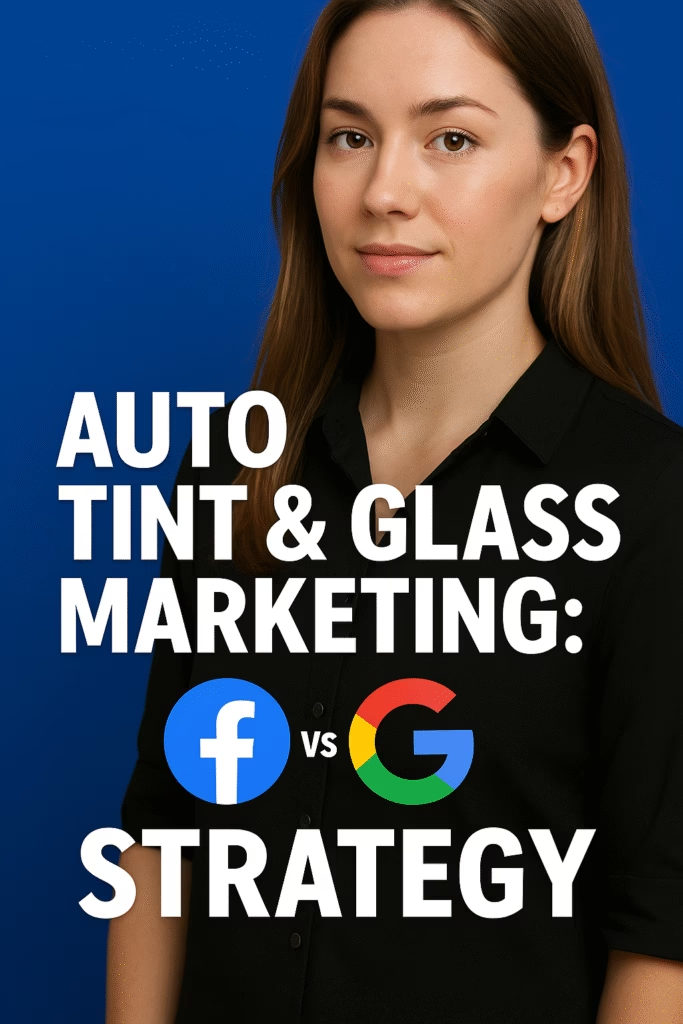
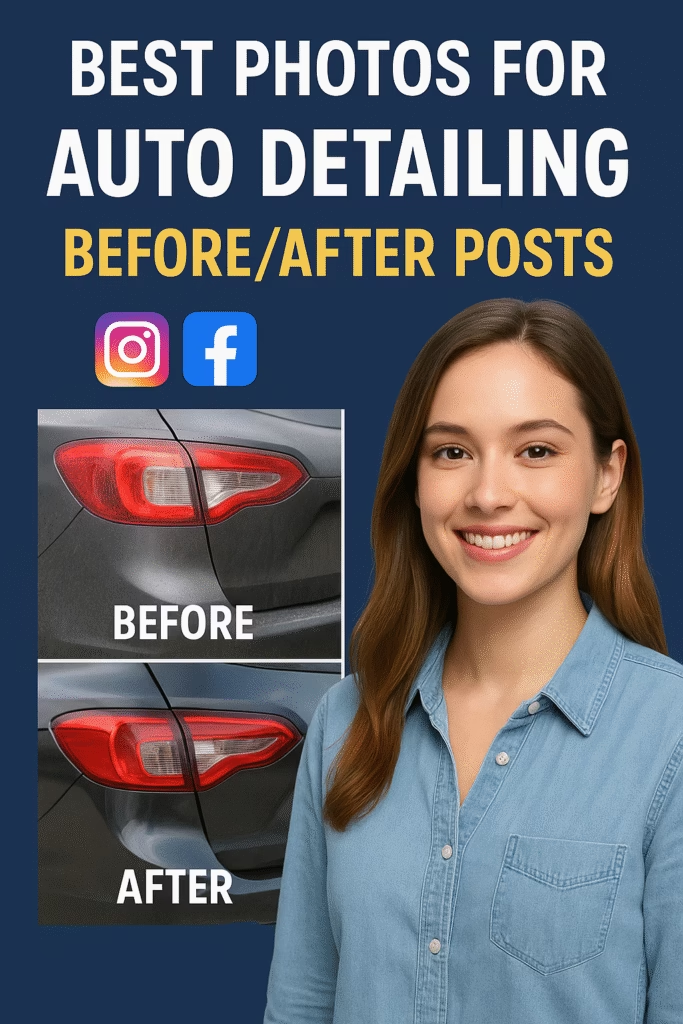


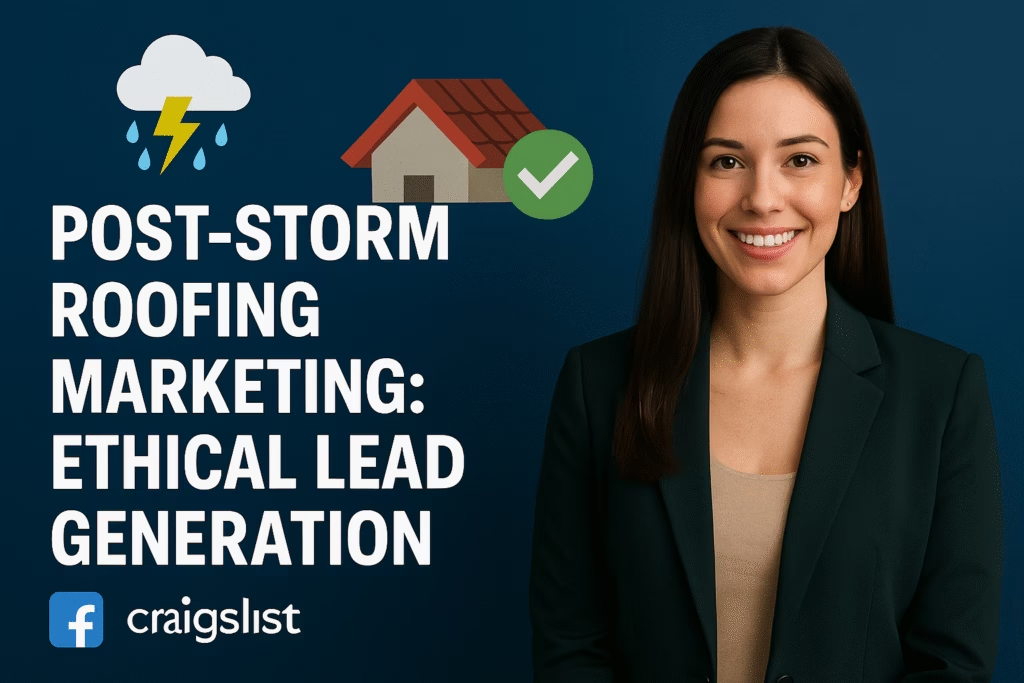
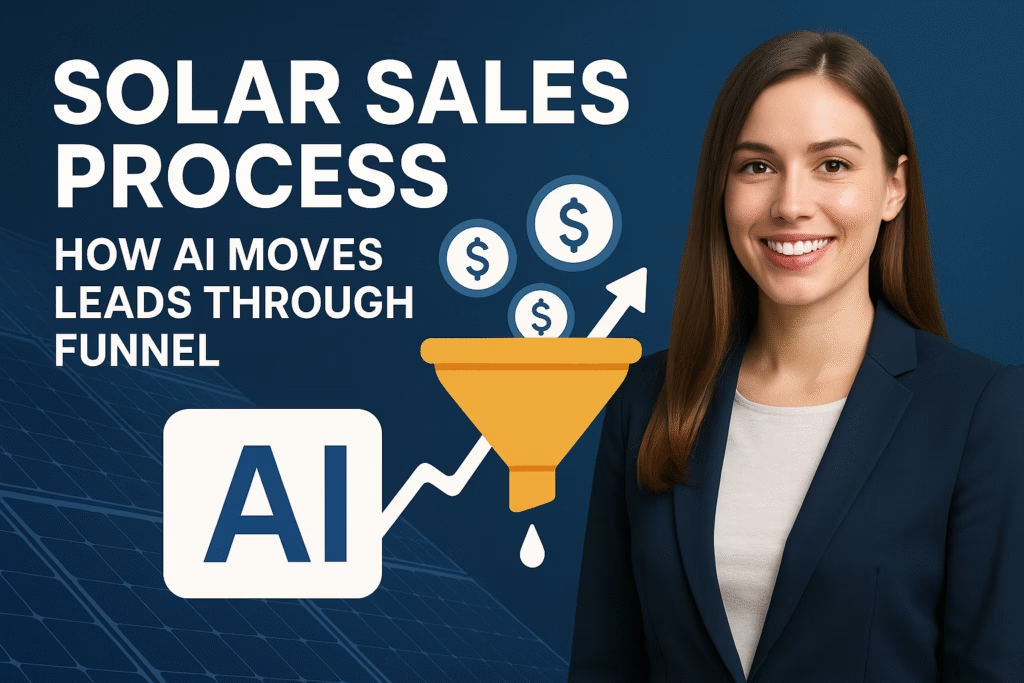
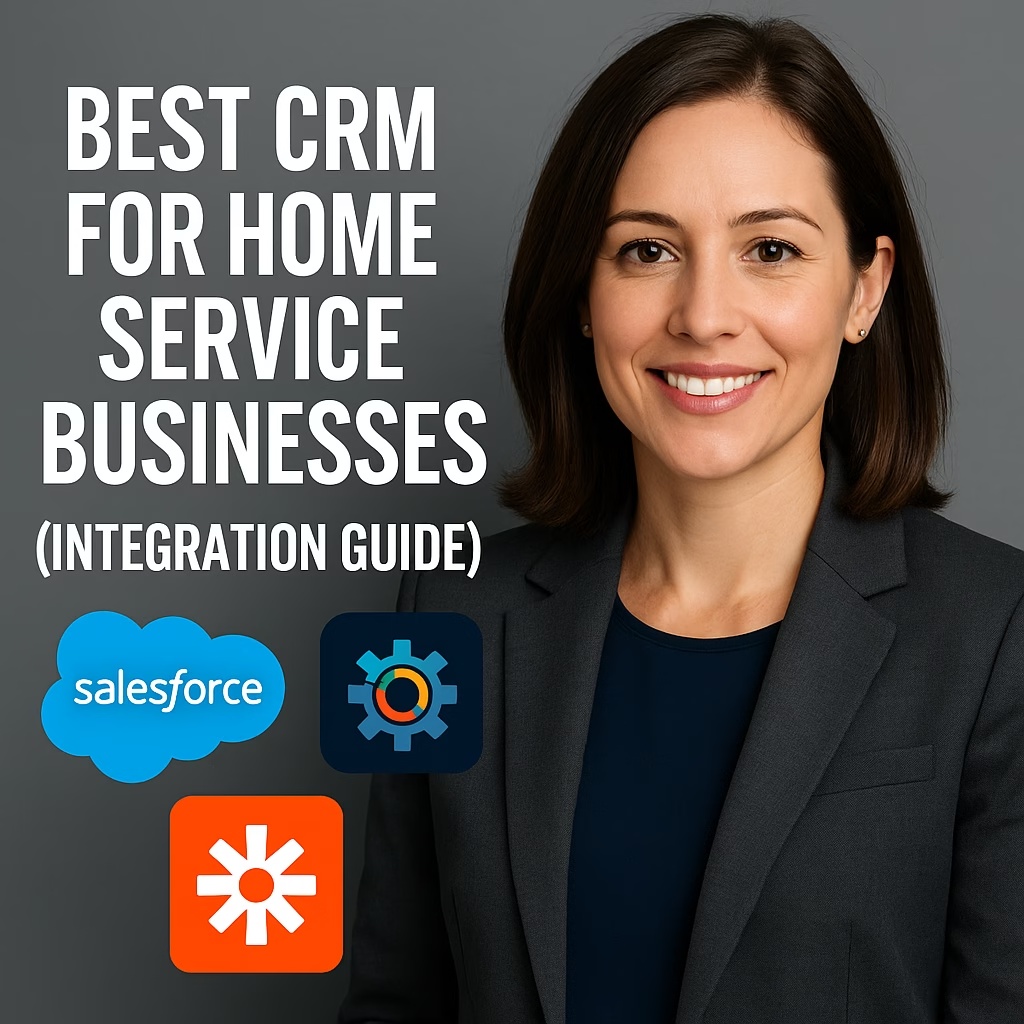


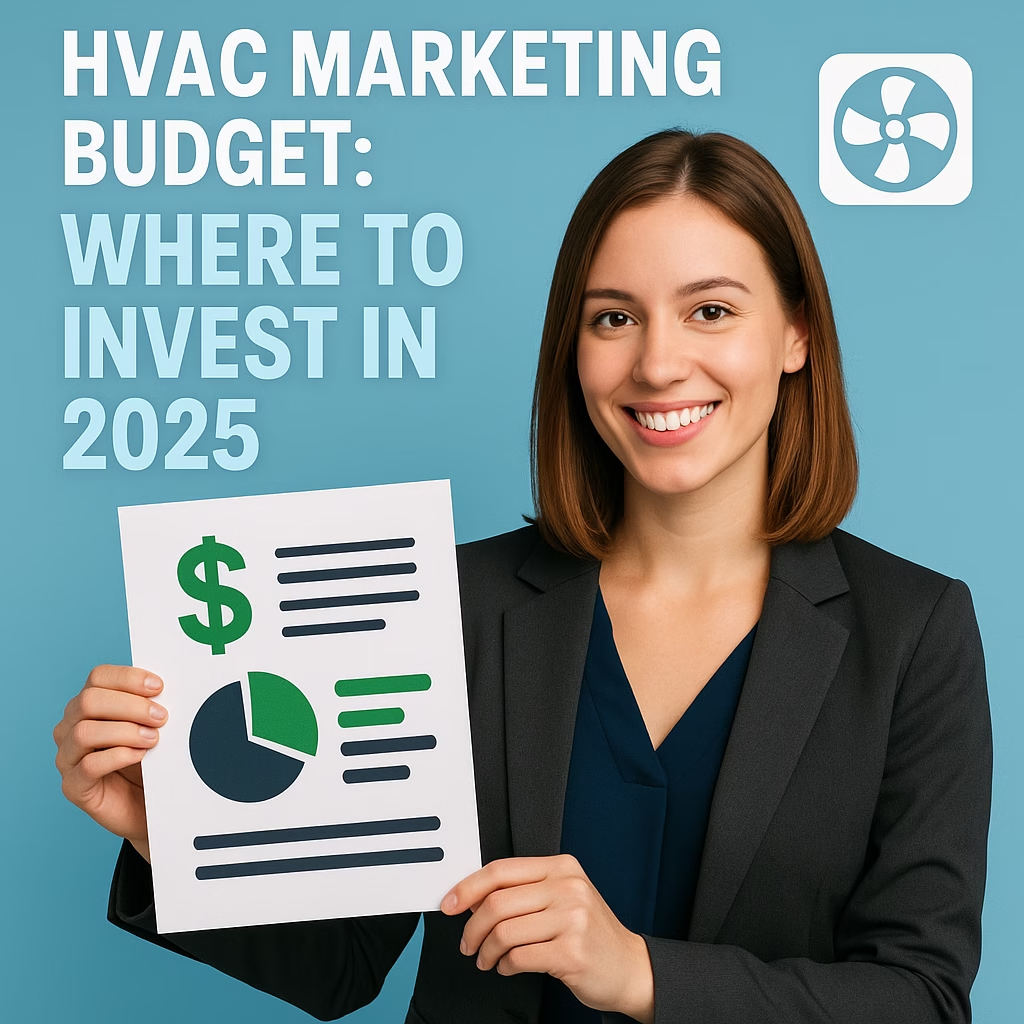
6) Paid Social (Meta/IG) + Community (Nextdoor)
Meta/IG Plays
Nextdoor